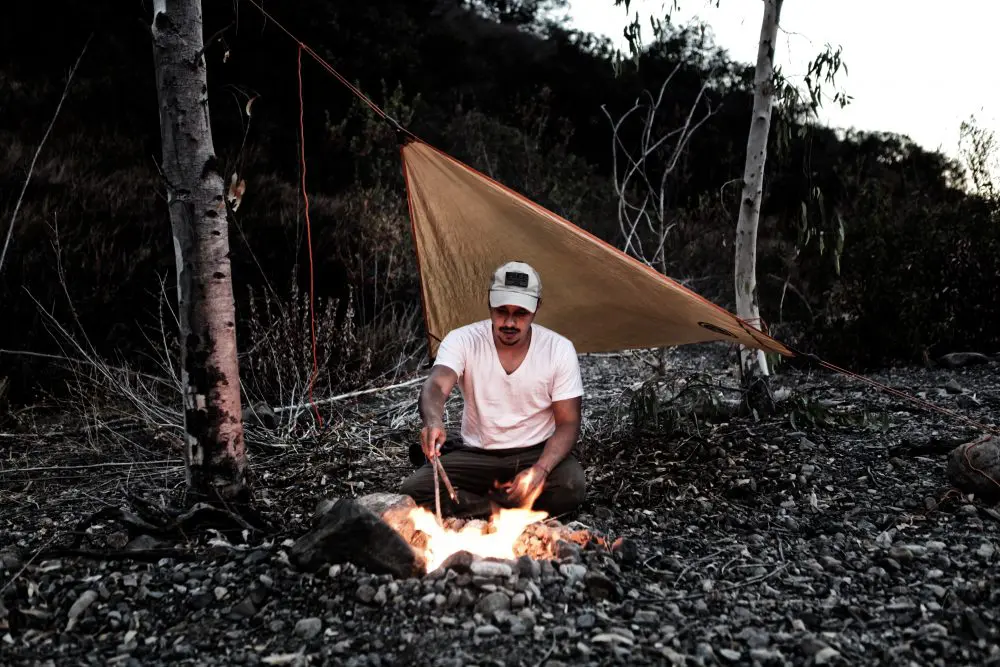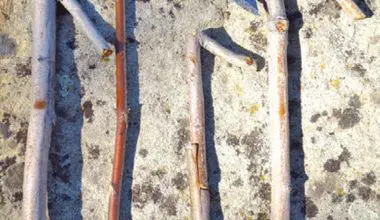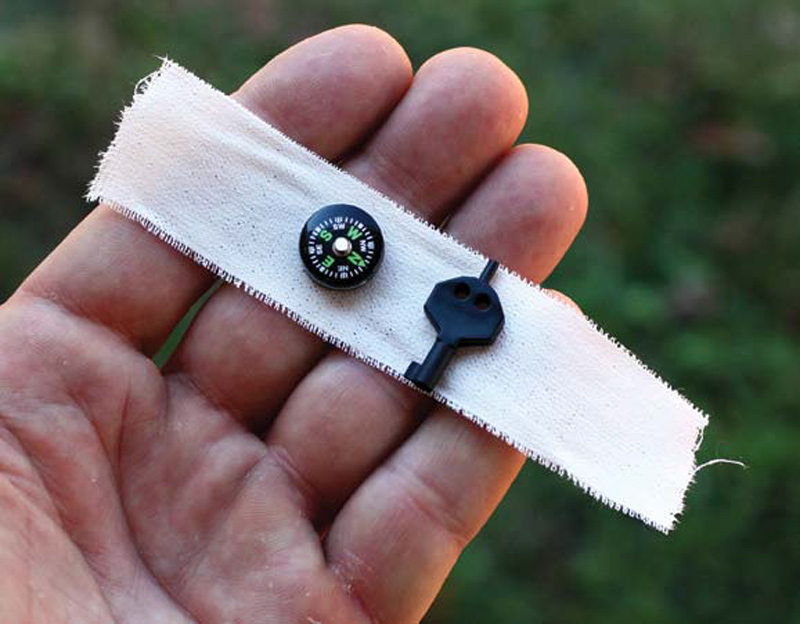
In the year 1716, 26-year-old Lord Nithsdale escaped live disembowelment (and certain death) using trickery and tools to flee the Tower of London, where he was being held captive. In the first half of the 20th century, the legendary Henri Charrière (Papillon) succeeded in escaping from the infamous French penal colony in Guiana. More recently, Scott O’Grady, a United States Air Force pilot, evaded capture and was eventually rescued after being shot down over Bosnia in 1995.
What all these men have in common is that they applied tools, techniques and skills to escape with their lives.

While E&E tools can encompass just about anything you can get your hands on, in this article I’m going to focus on small, body-concealable tools that may aid in a person’s escape or evasion from hostile forces. In many cases, these are not highly specialized tools designed solely for the purpose of E&E. In fact, some of the best tools are everyday items fashioned to fit the purpose. With that said, it should be noted that the tools/techniques discussed here are for defeating unlawful detention, such as kidnapping or hostage situations. Concealing a knife, handcuff key or other escape devices is prohibited by law in many jurisdictions.
Table of Contents
CUTTING TOOLS
For most applications, cutting tools will probably be the most valued asset of a compact E&E kit. Not only can they be used to escape restraints, but most importantly, they can also be used to make or acquire other tools. Dog Tag knives, razor blades, wire saws, hacksaw

blades, diamond wire, Kevlar cord and specially designed mini knives pretty much cover the gambit of what’s readily available.
Some of these cutting tools are available in non-magnetic ceramic, Titanium and plastic to avoid detection with metal detectors, thus making the art of concealing them on the body much easier. (A March 2009 Washington Regional Threat and Analysis Center Law Enforcement Report stated that Dog Tag knives and non-metallic Zytel knives were potential threats due to their ability to defeat screening equipment.)
While cutting tools get the most attention when it comes to survival, keep in mind that Escape & Evasion can encompass a myriad of requirements. Simply having a knife or cutting tool may not ensure your ultimate success. Once you escape initial capture, you may have to break into a building for shelter, travel overland to evade, or survive in the wild until you are rescued. The secrets are to look at everything as a potential tool and always plan for the worst-case scenario.
Besides knives, there are other valuable tools that can easily be concealed and employed for various tasks: hacksaw blades, SAS-style wire saws, button compasses, small cylindrical Rare Earth magnets (for making a quick gross-direction compass), handcuff keys, handcuff shims, padlock shims, lock picks, mini pry bars, small fire starters, piano wire, hairpins/bobby pins, needles and jewelers’ files. Even if you’re not in possession of commercially available tools when captured, always be looking for useful items—be it the rusty nail you find lying on the ground in your prison cell or a broken piece of glass. When properly applied, every tool has use for E&E.
CONCEALMENT
Most small tools can be concealed by taping them to various places on the body or clothing, such as:
- inside wide belt loops on the back side of pants
- inside clothing labels located inside or outside of pants
- inside the cuffs or hems of pants
- inside the waist seam
- inside shoes/boots
The user can also conceal items inside a slightly modified shoe heel or in a pocket formed by slitting the sole and then partially concealing the area with a product like “Shoe Goo.”
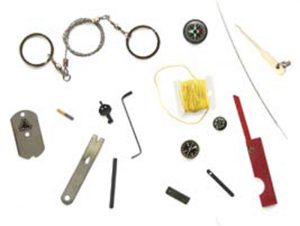
In many locations, a small lanyard with an unobtrusive knot tied on the end (and barely exposed) may be required for retrieval of the tool. It is not advisable to conceal items on a necklace chain cord or under wristwatches, because anything of value will be taken by kidnappers. Likewise, wallets and passports should also be avoided for concealment, as they will be confiscated by kidnappers and hostage takers. Hats can be easily lost during a scuffle, so they are not recommended as concealment for first-line escape gear.
Shoe and boot laces can be replaced with (550) ParaCord or a similar cord that utilizes a hollow sheath. Remove the inner strands of cord and replace them with Kevlar Cord. Trim to fit the shoes and sear the ends without sealing the ends.
Kevlar cord and escape tools can also be stored inside the tongue of a shoe or boot. Use a seam ripper to carefully open the tongue and then sew Velcro along the edge, creating a pocket that you can open and
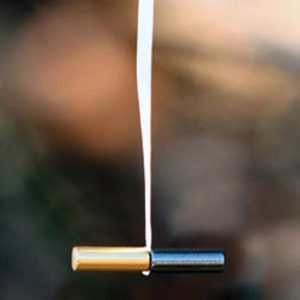
close. This requires attention to detail and minor sewing skills. A short length of Kevlar cord can also be woven into the pants seam for quick removal to cut through FlexiCuffs, wire ties or other bindings.
ALWAYS BE PREPARED
The most important thing to consider when concealing any escape tool is what you will be left with once you are taken. In most cases, the initial contact with the “enemy” will be with the least qualified personnel in the chain of authority looking for you. Their only mission is to detain you and pass you up the line, so the faster you can break contact and flee, the more likely you are to succeed.
This is when proper planning and concealment of escape tools in shoes and clothing work best. Once you arrive at a more secure facility and are turned over to personnel whose business is to handle prisoners, your shoes and clothing will probably be removed and you may only be left with your pants—if you’re lucky. Always plan for these scenarios in advance, even if it means taping small escape tools to the genital area before going on a mission. (Laugh at that suggestion if you will, but it’s the least likely place to be searched by many violent extremists.)
If you work or travel in hostile environments, Escape & Evasion planning should become a regular part of your routine, since your M4 may not be the only tool that keeps you alive. Take a little extra time to conceal items on your body and clothing, practice using them, and keep a survivor’s mindset.
These actions might just keep your severed head from showing up on the Internet.

